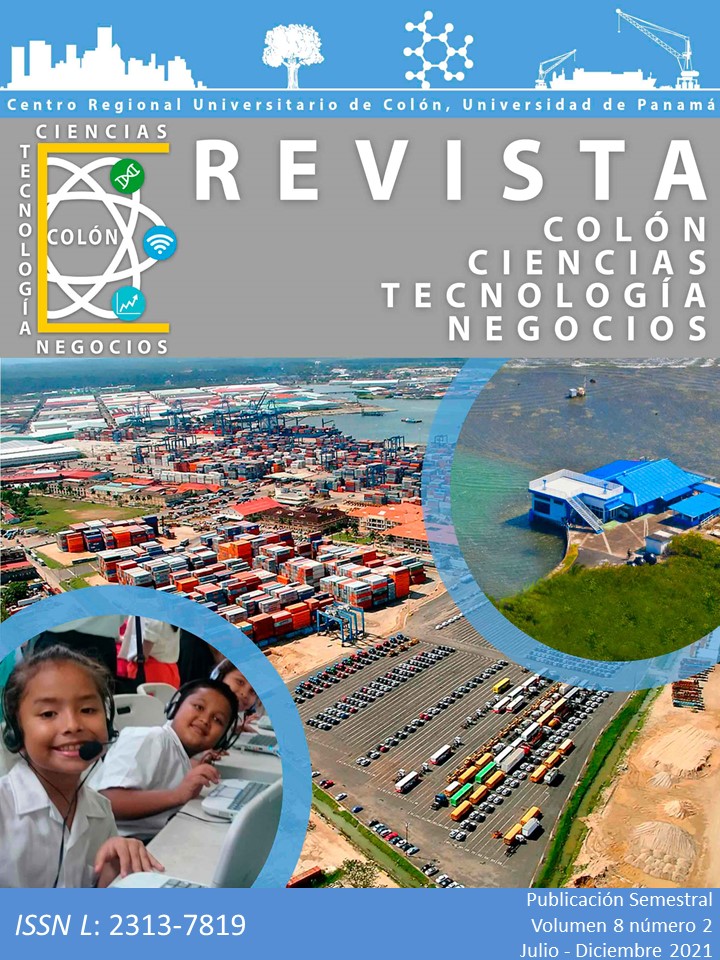

The purpose of this article is to understand grammaticalization in the structural analysis of Spanish as a process that favors linguistic change. For this, the qualitative approach is considered under documentary theoretical research, supported by a bibliographic design of an analytical and interpretative-critical nature. The data collection techniques and instruments used are documentary observation, content analysis and a registry matrix of the secondary information sources reviewed. As final considerations, it is suggested that in relation to significance and evolution, grammaticalization has been key to the structural development of Spanish in recent decades, being considered one of the most important processes of linguistic change. Regarding the structural analysis of Spanish, it is evident that the transformations allude from a sematic synchronic and diachronic perspective developed in each significant linguistic unit. Regarding the grammaticalization symptoms that are considered in the structural analysis of Spanish, the semantic, syntactic, and morphological parameters are indicated.